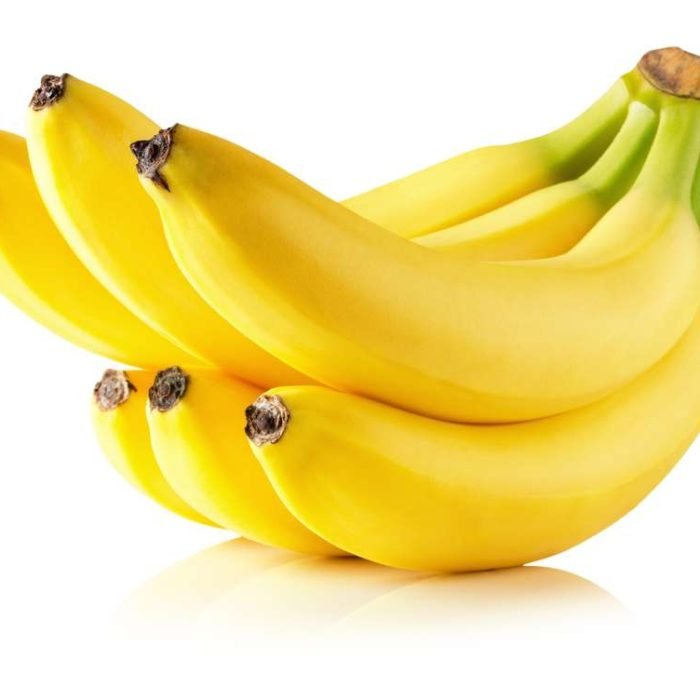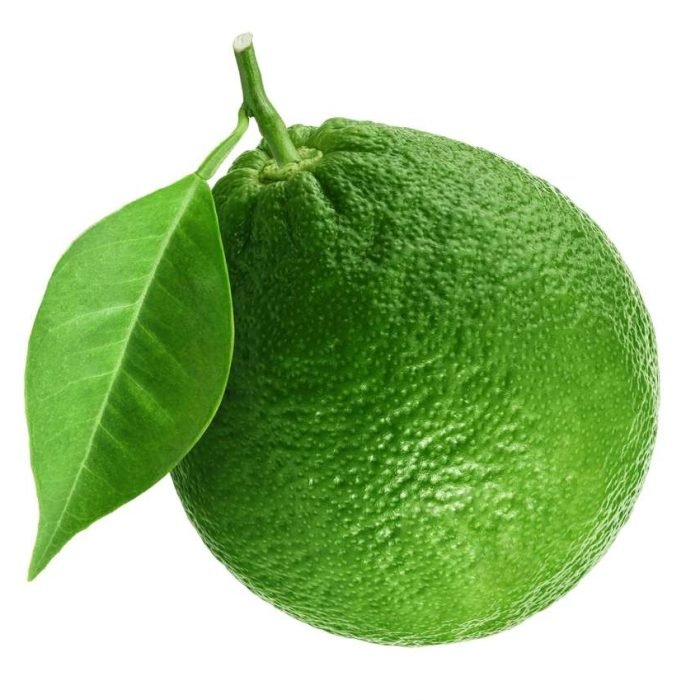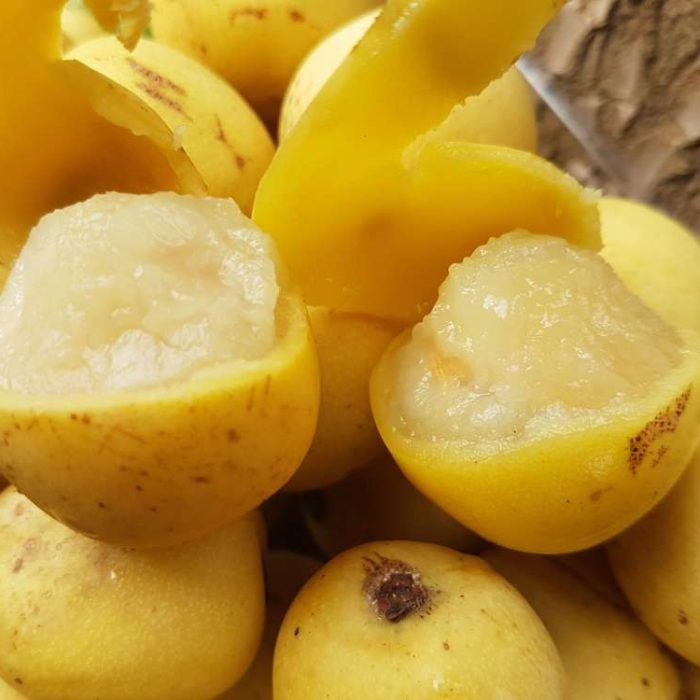Bougainvillea
- Tree Type: Deciduous

General Information
Bougainvillea plants originate from South America and were introduced to the rest of the world in the late 1700’s. It can be grown in pots, as a bonsai, in hanging baskets, along walls, over trellises, as a hedge and other places in the garden. It is the national flower of Zambia. It stands for welcoming visitors, peace, passion and free trade.Description
Bougainvillea grows as a woody vine or shrub, reaching 4.6 – 12.2 m with heart-shaped leaves and thorny, pubescent stems. The flowers are generally small, white, and inconspicuous, highlighted by several brightly colored modified leaves called bracts. The bracts can vary in color, ranging from white, red, mauve, purple-red, or orange. Its fruit is a small, inconspicuous, dry, elongated achene.Fun Facts
Bougainvillea flowers come in several different colors from white to purple to orange. Bougainvillea is a flowering plant native to South America. It was first dramatically introduced to the rest of the world by Jeanne Baret, who disguised herself as a man in order to join an expedition on a ship as a french botanist’s assistant. Her life aboard the vessel was in danger once she was discovered and so her boss decided to name the plant after the captain of the ship in order to gain the admirals protection.
Bougainvillea is now grown in warm climates all over the world.
Cultivation
Bougainvillea spectabilis is native to Brazil, Peru, Bolivia, and Chubut Province, Argentina, but it has been introduced in many other areas. In its natural tropical growing environment, it flowers all year. The plants’ bright bracts attract pollinators to the garden. These may include bees, butterflies, and moths.Uses
The plant is widely grown as an ornamental plant and has many medicinal properties that include;- anti-fertility
- antibacterial
- anti-cancer
- anti-fungal
- anti-inflammatory
- antioxidant
- antiviral
- hepatoprotective
Toxicity and Allergies
While bougainvillea plants are not listed as toxic to pets or children, the sap contains a mild skin irritant. Bougainvillea thorns may cause an allergic reaction in the skin.Share:
- Kingdom: Plantae
- Clade 1: Tracheophytes
- Clade 2: Angiosperms
- Clade 3: Eudicots
- Order: Caryophyllales
- Family: Nyctaginaceae
- Genus: Bougainvillea








